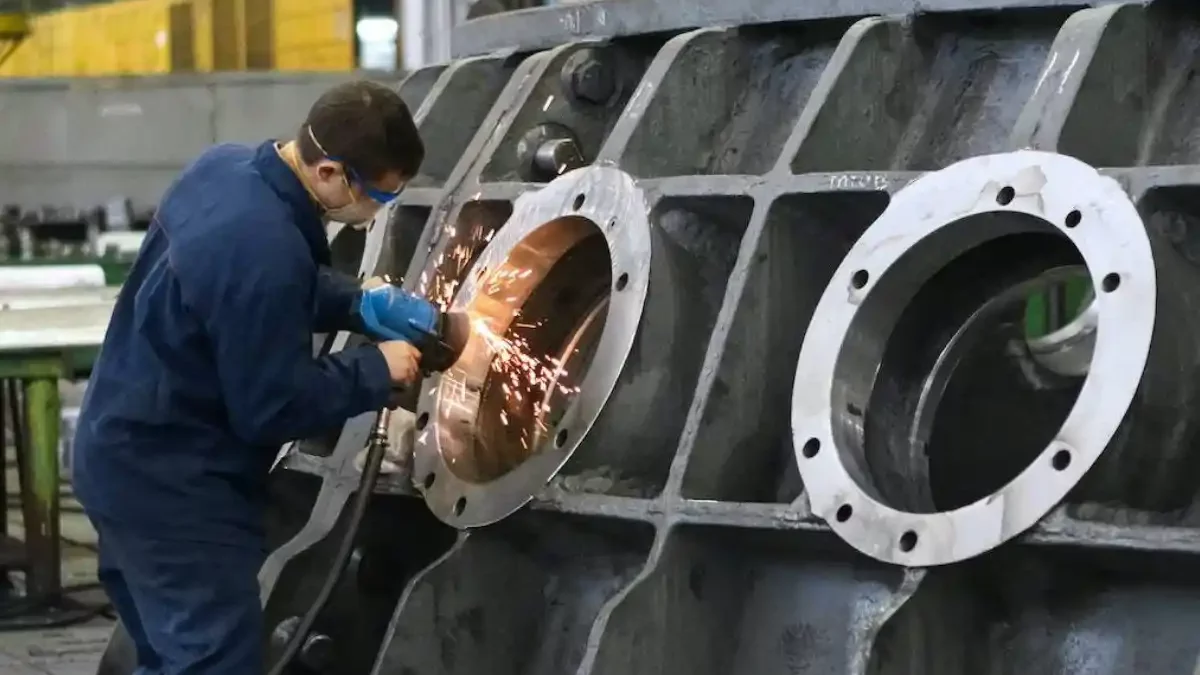Table of Contents
Introduction
When it comes to metalworking, choosing the right metal brake can make all the difference in the success of your project. A metal brake is a machine that bends metal sheets and plates into various shapes and angles. With so many different options on the market, choosing the right one for your project can be overwhelming. In this article, we’ll explore the key factors to consider when choosing a metal brake, including capacity, durability, and features.
Capacity
The first thing to consider when choosing a metal brake is its capacity. This refers to the maximum thickness and width of metal that the brake can bend. If you plan on working with thicker or wider pieces of metal, you’ll need a brake with a higher capacity. It’s important to note that a brake’s capacity is not the same as its maximum working length, which refers to the length of metal that the brake can bend.
When choosing a metal brake, it’s important to consider both your current and future needs. If you plan on expanding your metalworking capabilities in the future, it may be worth investing in a brake with a higher capacity than you currently need. However, a lower-capacity brake may be sufficient if you only plan on working with thinner and smaller pieces of metal.
Durability
The durability of a metal brake is another important factor to consider. Metalworking can be a demanding and challenging, and a poorly constructed brake can easily break or malfunction under stress. Look for a brake that is made with high-quality materials and construction. Ideally, it should be constructed with heavy-duty steel and have a solid, sturdy frame.
Additionally, it’s important to consider the overall design and construction of the brake. Look for a brake with a reinforced frame and robust hinges and joints. The brake should also have a reliable and smooth operating mechanism that can withstand repeated use. You don’t want to invest in a brake requiring constant maintenance and repairs, so choosing a durable and reliable option is important.
Features
The features of a metal bending brake can vary widely depending on the model and manufacturer. Some of the most important features to consider include:
- Adjustable bending fingers: These allow you to customize the angle and shape of your bends, giving you greater flexibility and control over your metalworking.
- Counterbalance system: This helps to reduce the effort required to operate the brake, making it easier and more efficient to use.
- Removable fingers: These allow you to quickly and easily change the bending fingers, saving time and increasing efficiency in your metalworking process.
- Digital readout: This displays the angle of the bend, which can help you achieve greater precision and accuracy in your work.
- Back gauge: This device allows you to set the distance between the bending fingers, which can help you achieve consistent results across multiple pieces of metal.
- Roll-out tray: This catches the metal shavings and debris created during bending, making cleanup easier and more efficient.
When choosing a metal brake, consider which features will be most useful for your specific project needs. While some features may be essential for one project, they may be unnecessary or even cumbersome for another.
Types of Metal Brakes
There are several different types of metal brakes available on the market, each with its own unique advantages and disadvantages. Some of the most common types include:
- Box and Pan Brake: This versatile brake can bend metal sheets into boxes and pans, as well as other complex shapes. It’s a good option for those who need to create custom metal parts.
- Press Brake: This heavy-duty brake can bend thicker and wider pieces of metal. It’s often used in industrial settings and for larger metalworking projects.
- Folding Brake: This light-duty brake is ideal for smaller metalworking projects. It’s portable and easy to store, making it a good option for those with limited space.
- Magnetic Brake: This unique type of brake uses magnetic force to hold the metal in place while it’s being bent. It’s a good option for those who need to bend thin metal sheets quickly and easily.
When choosing a type of metal brake, consider the specific needs of your project and the size and thickness of the metal you’ll be working with.
Price
Price is always a factor when purchasing, and metal brakes can vary widely in cost. While it may be tempting to choose the cheapest option available, it’s important to remember that you get what you pay for. A low-cost brake may not be as durable or reliable as a more expensive option and may not have the features you need for your specific project.
That being said, it’s also important to consider your budget and choose a brake that fits within your financial constraints. Consider the long-term benefits of investing in a higher-quality brake, such as increased efficiency and productivity, versus the short-term cost savings of a lower-quality option.
Conclusion
Choosing the right metal brake is a critical step in the success of your metalworking project. Consider the capacity, durability, and features of the brake, as well as the specific needs of your project, to make an informed decision. Remember to consider your budget and choose a brake that fits your financial constraints.
Additionally, if you plan on doing a lot of metalworking, consider investing in other metalworking tools, such as a planishing hammer, which can be used to smooth out any imperfections in the metal surface after it has been bent. The planishing hammer can also shape and contour metal into more complex shapes and designs. By taking the time to choose the right metal brake, you can ensure a successful and efficient metalworking process. For further assistance, contact the experts at Eastwood.
Related posts
Recent Posts
Top Decathlon in Shakespeare Sarani-Park Circus, Kolkata
Decathlon is one of the most extensive sports equipment selling worldwide. Today, more than 90-thousand collaborators of more than 80…
Tools Fintech Companies Use To Change The Finance World
Fintech Tools Fintech or financial technology is the new inclusion in the finance world that is not only gaining ground…



